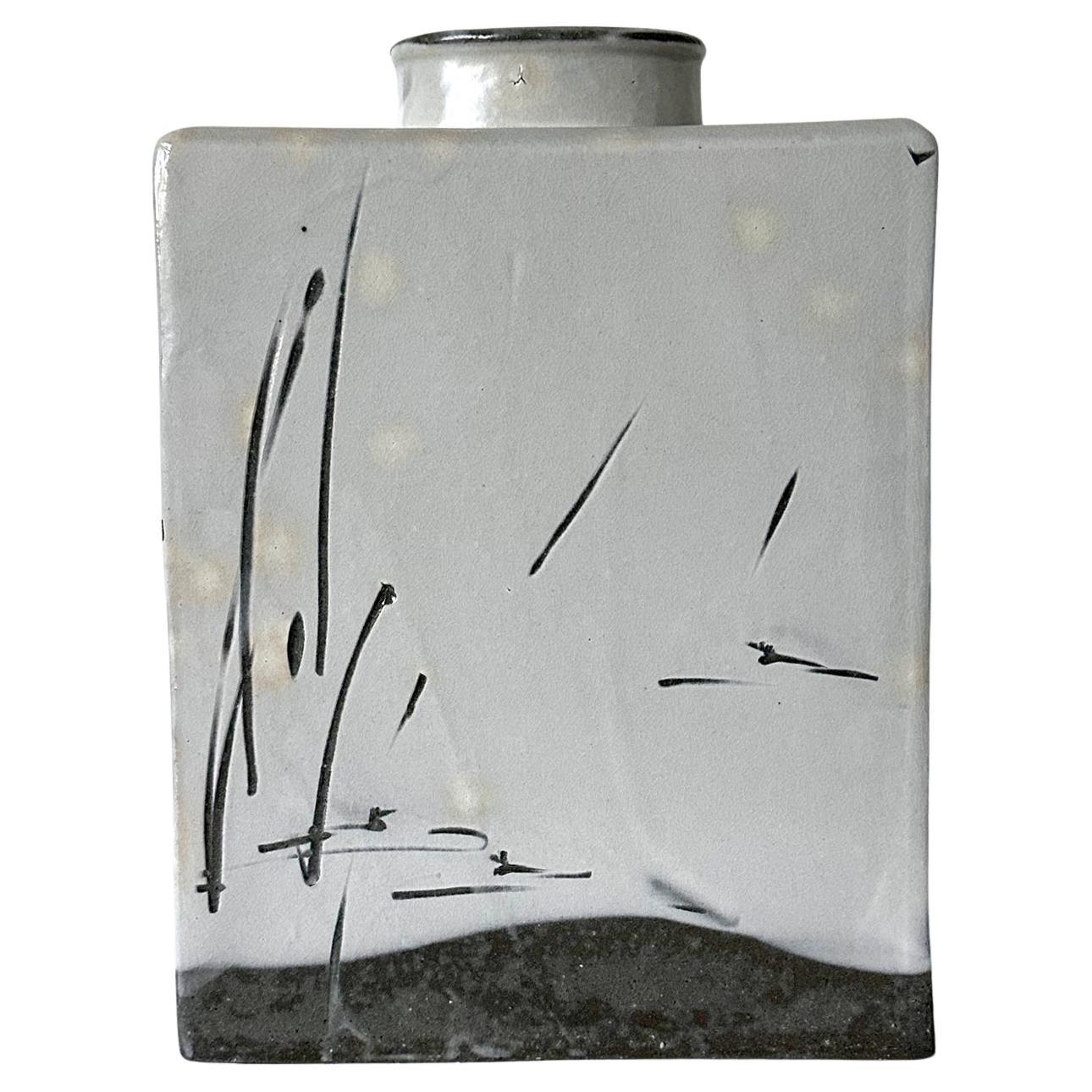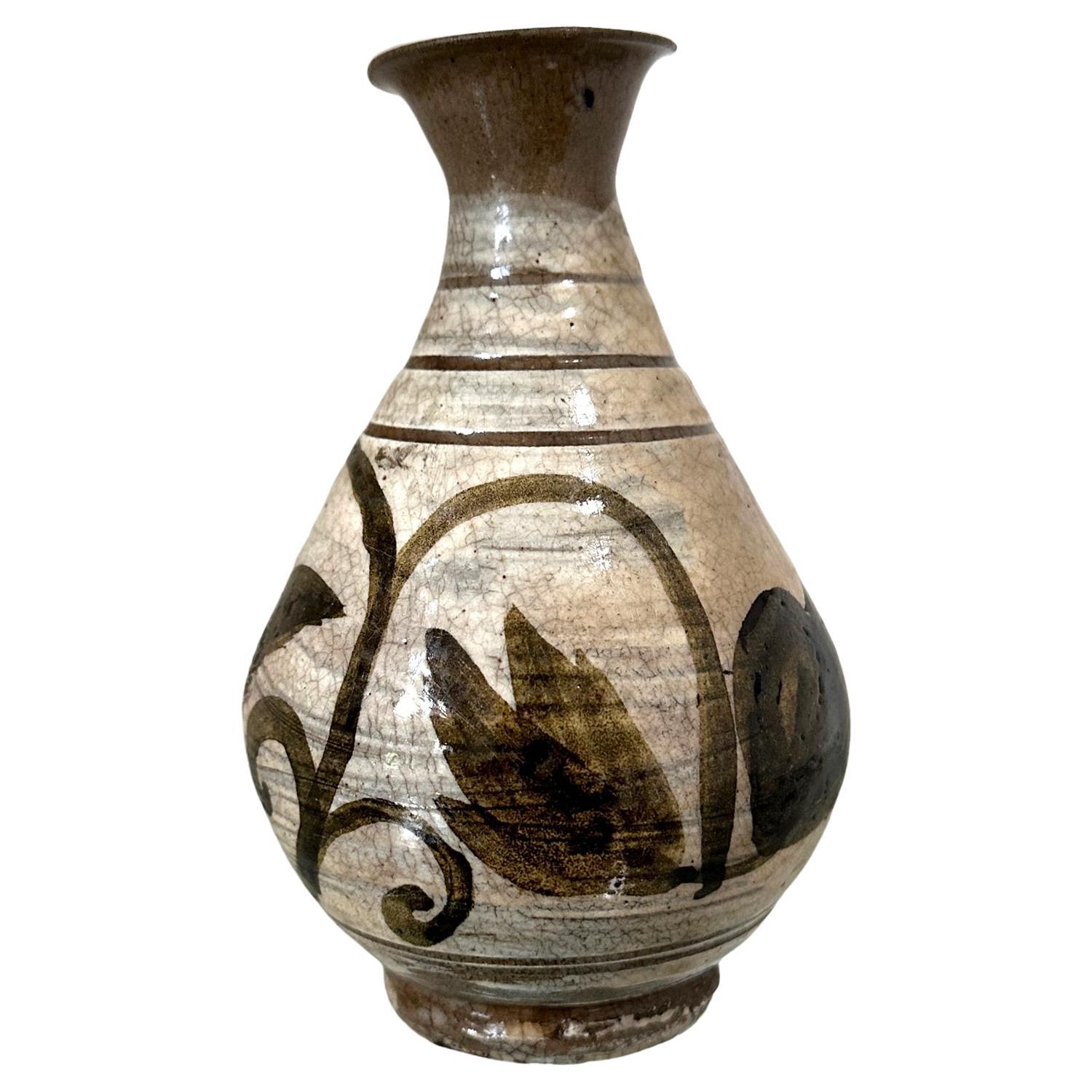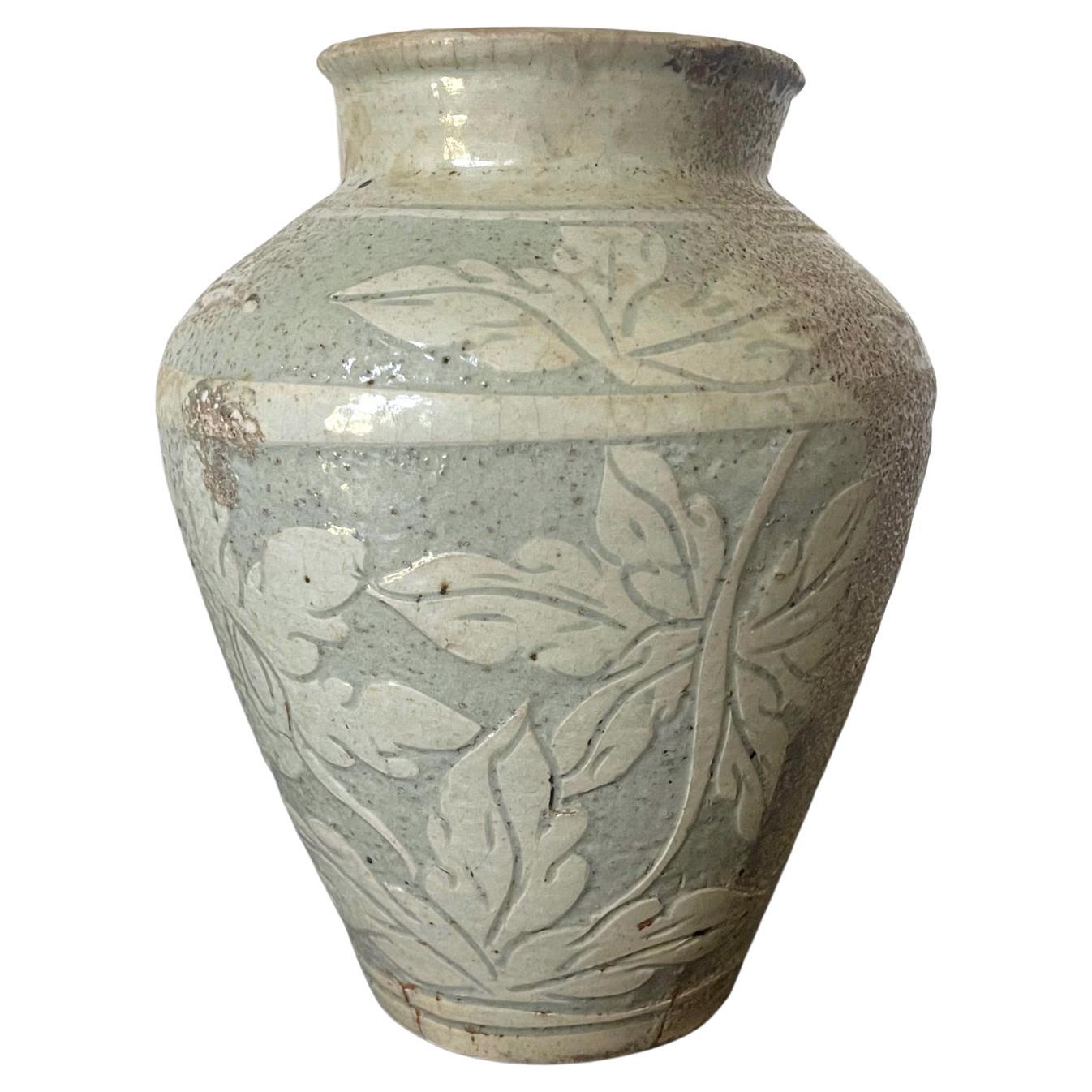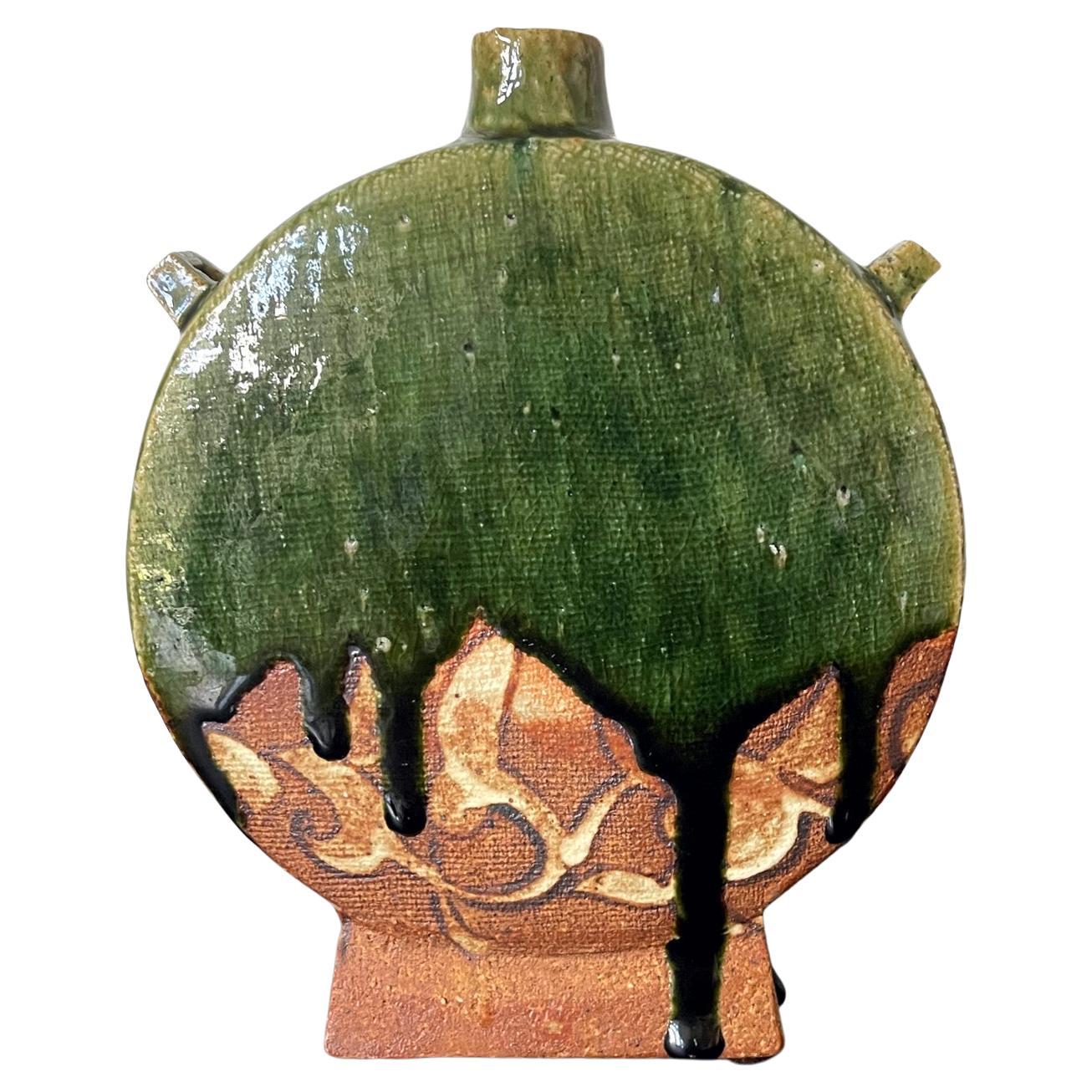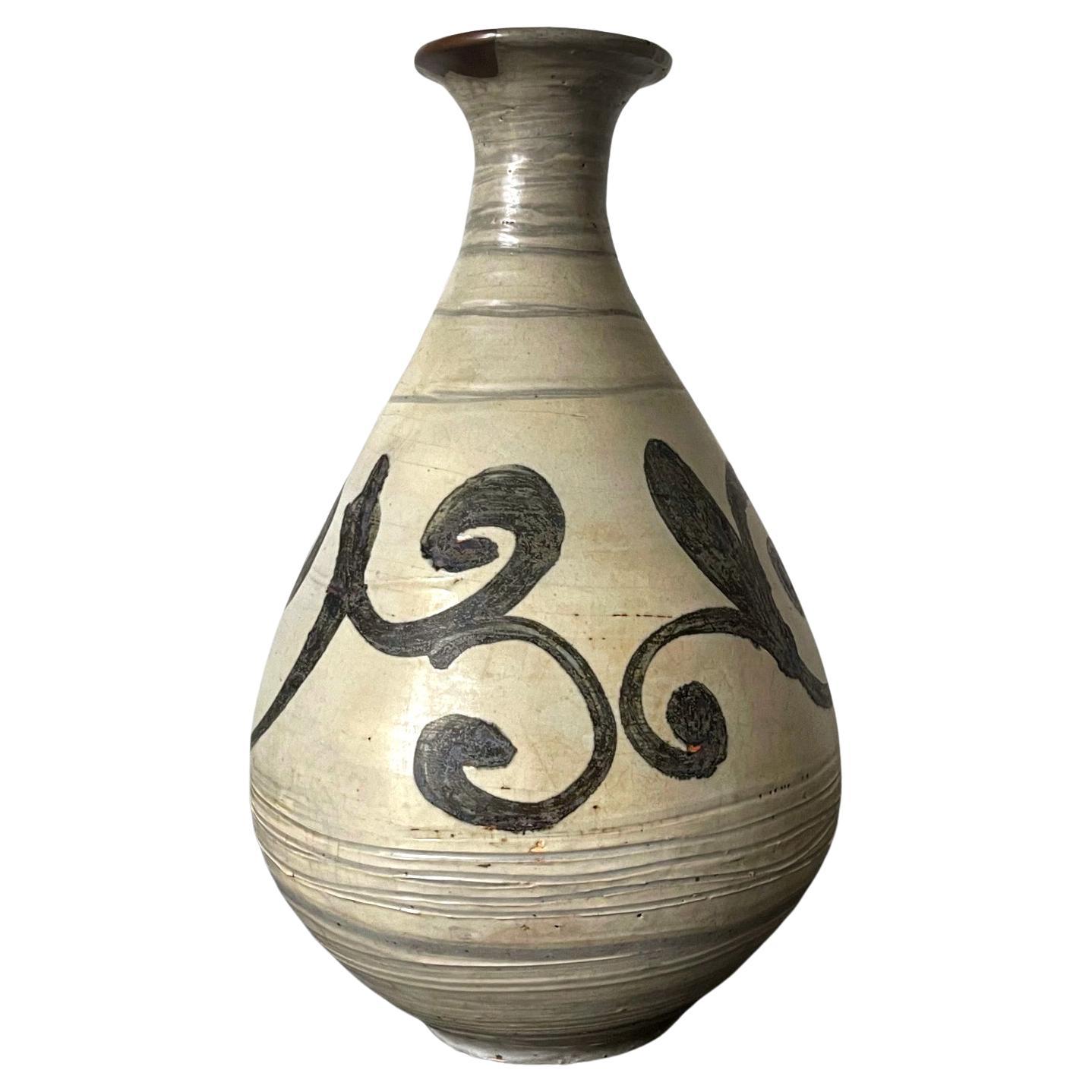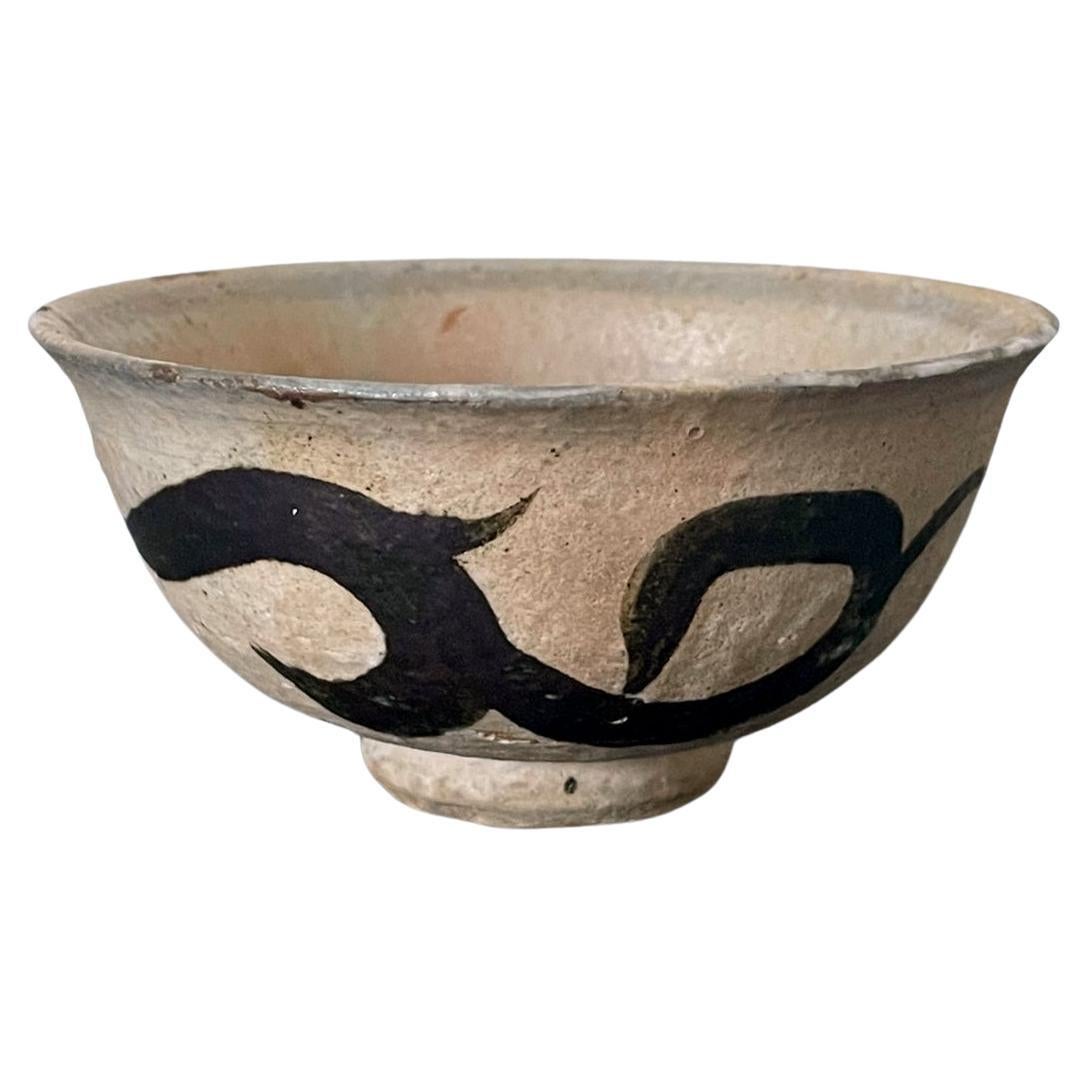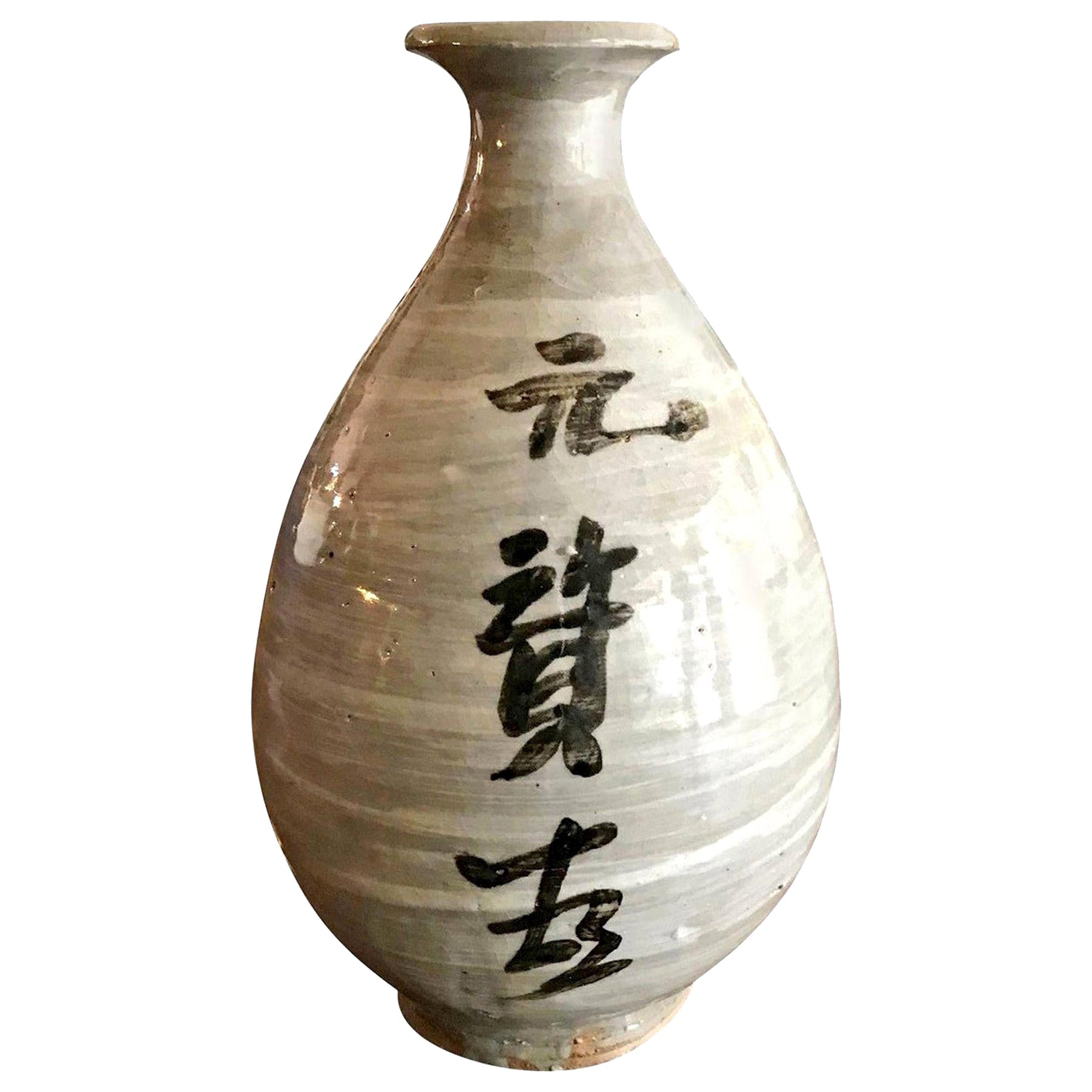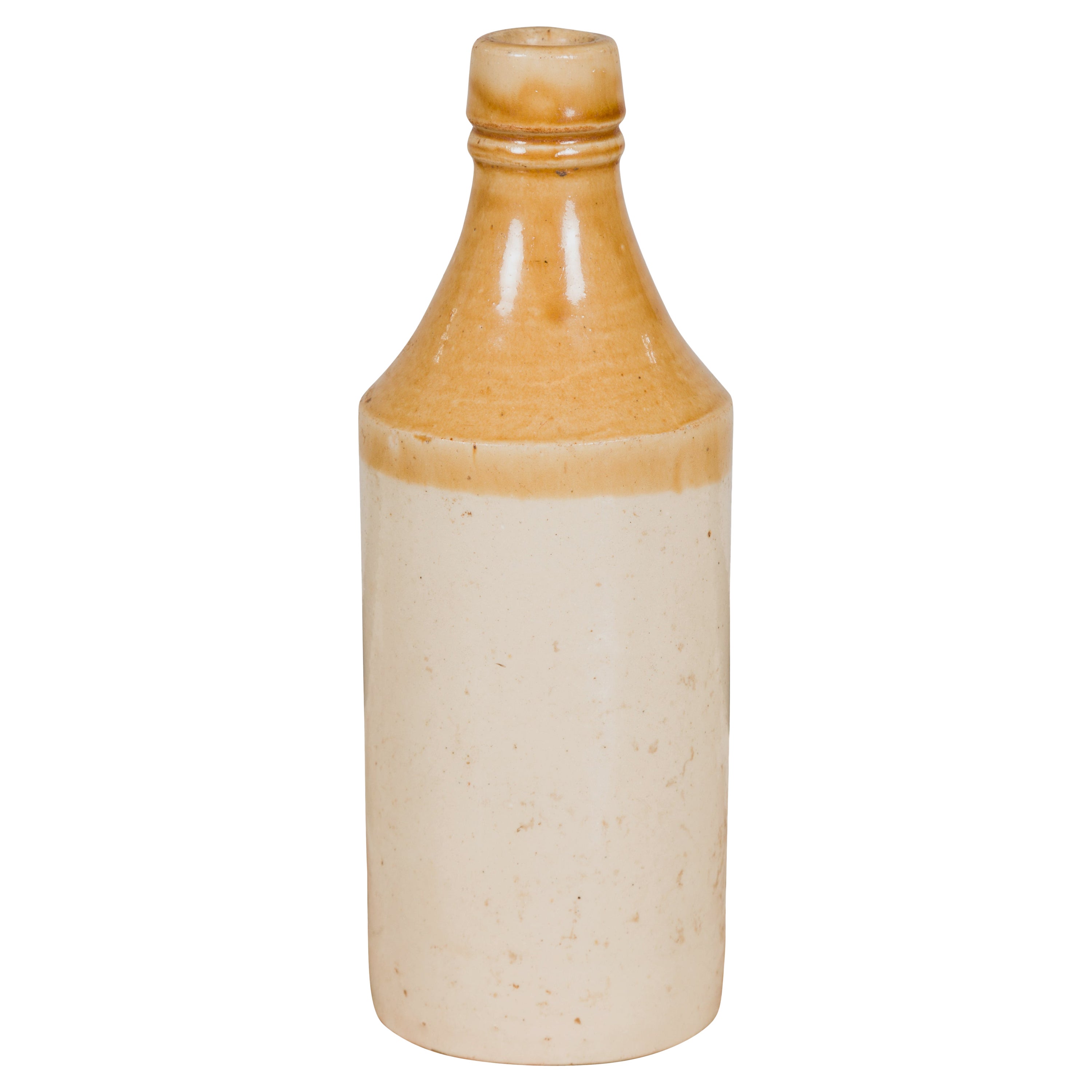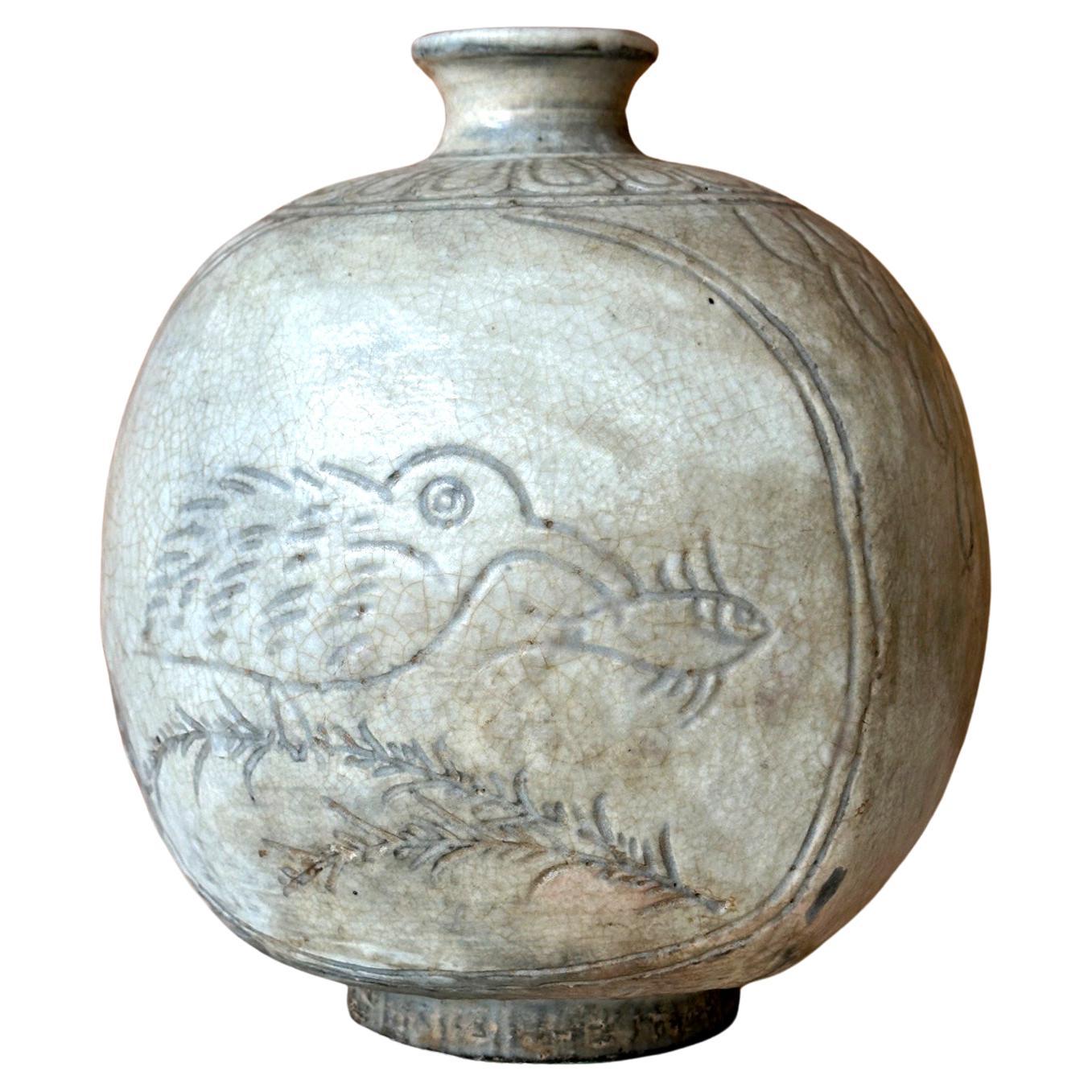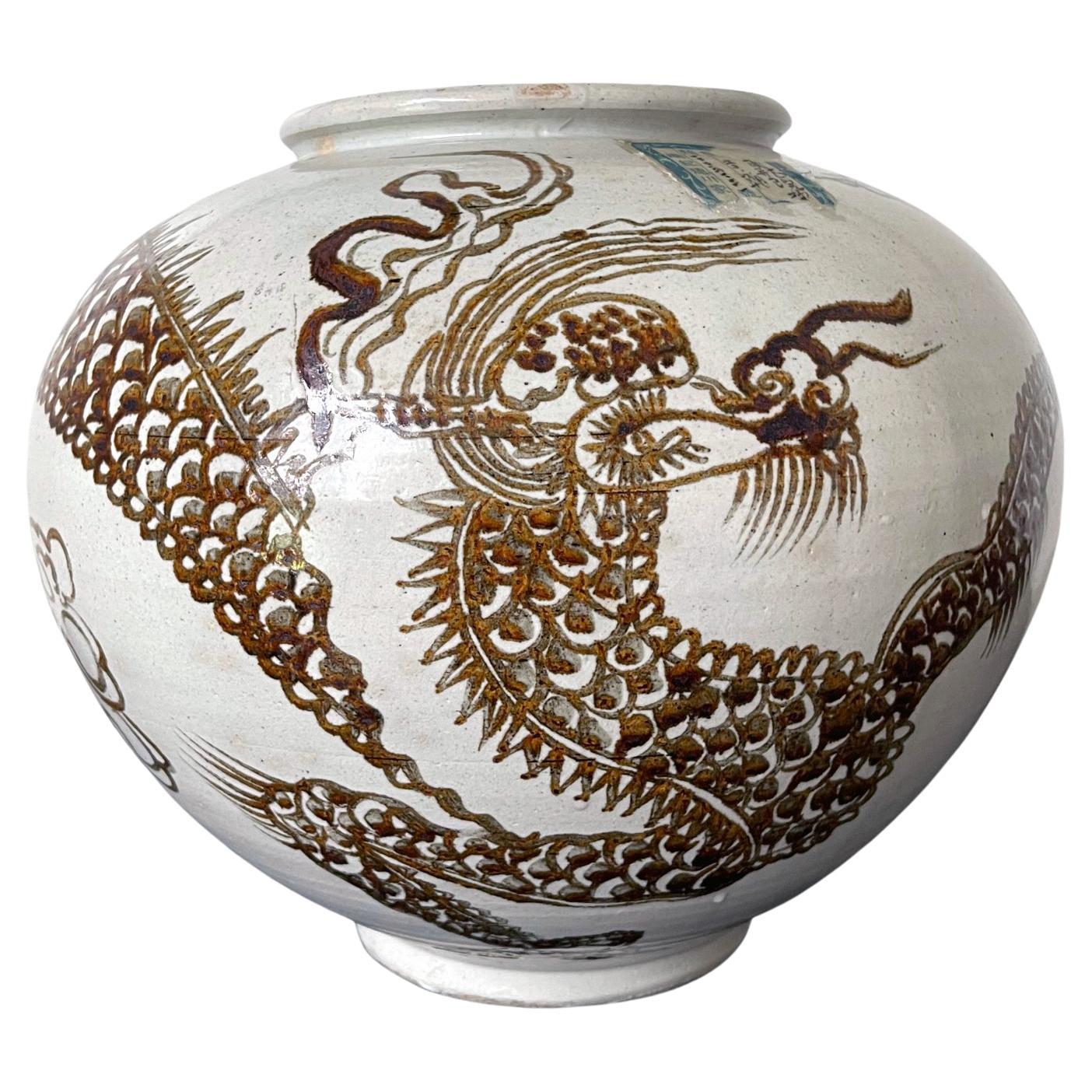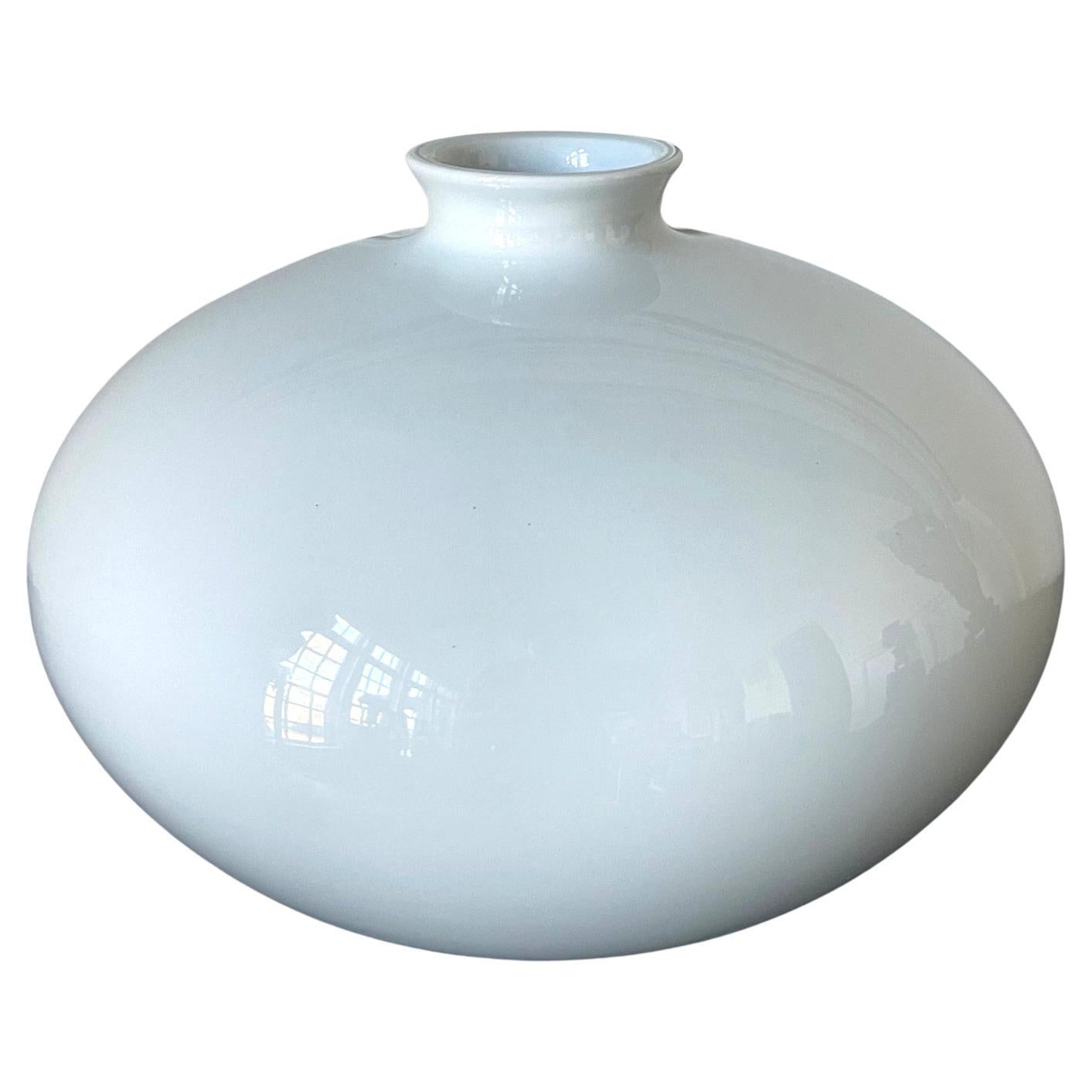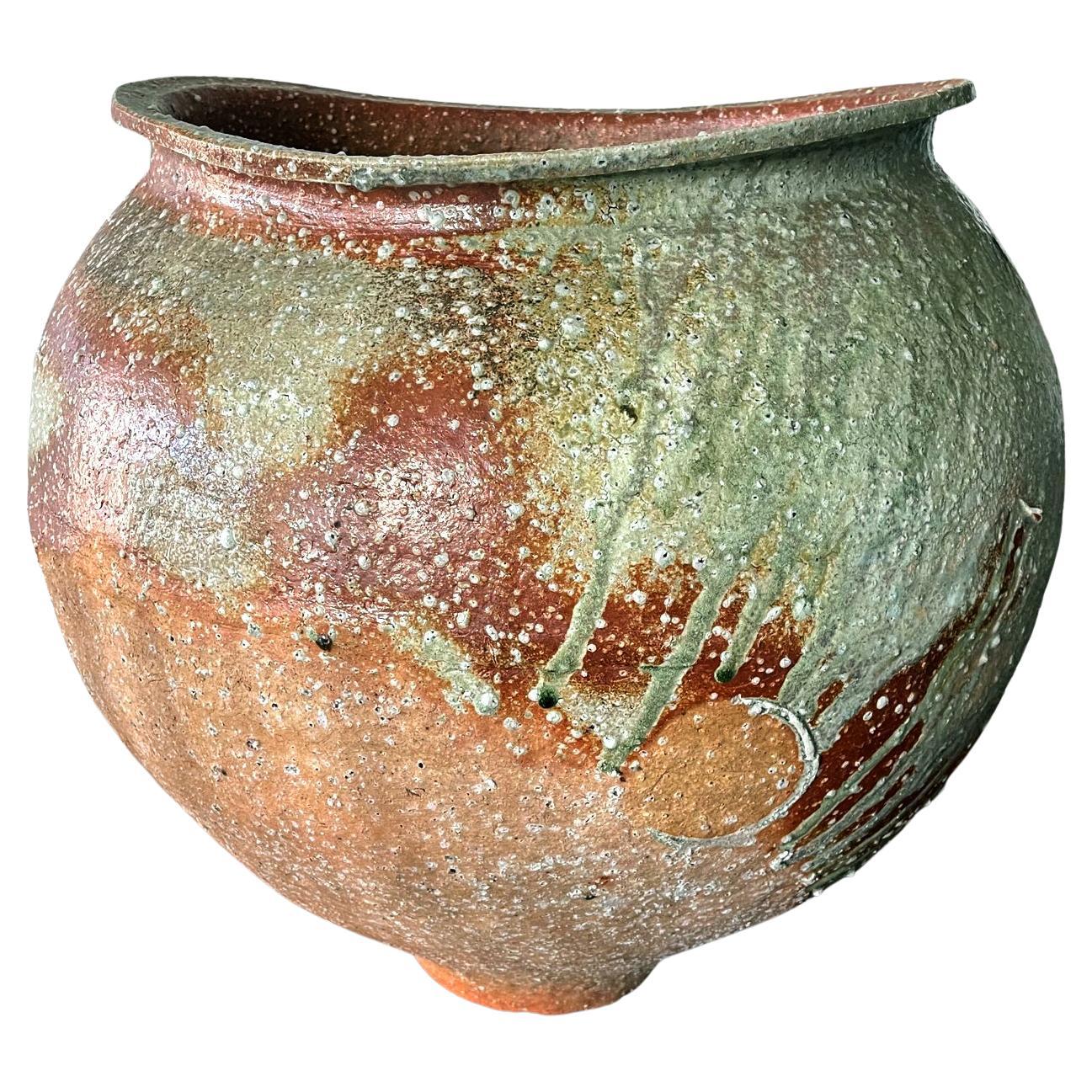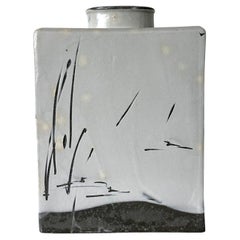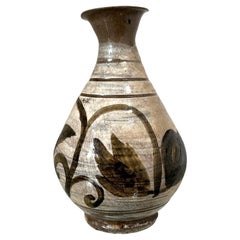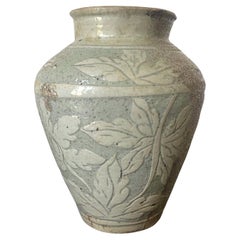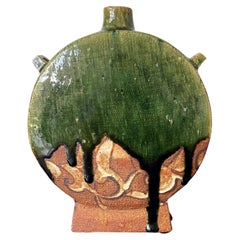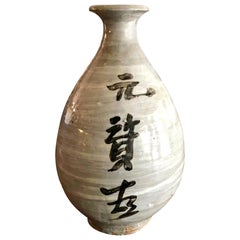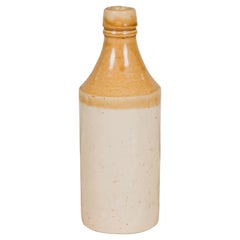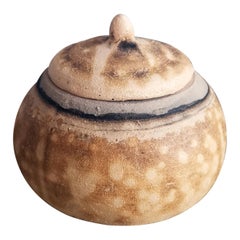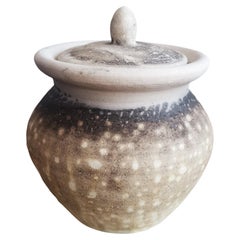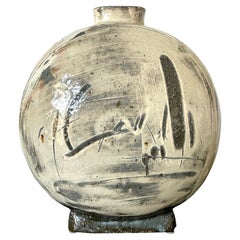
Contemporary Ceramic Buncheong Moon Flask by Kang Hyo Lee
View Similar Items
Want more images or videos?
Request additional images or videos from the seller
1 of 20
Contemporary Ceramic Buncheong Moon Flask by Kang Hyo Lee
$6,000List Price
About the Item
- Creator:Kang hyo Lee (Artist)
- Dimensions:Height: 11 in (27.94 cm)Width: 9.75 in (24.77 cm)Depth: 6.75 in (17.15 cm)
- Style:Modern (Of the Period)
- Materials and Techniques:
- Place of Origin:
- Period:
- Date of Manufacture:2008
- Condition:Wear consistent with age and use. Fine condition and the wood storage box shows wear.
- Seller Location:Atlanta, GA
- Reference Number:1stDibs: LU945027354262
About the Seller
4.9
Platinum Seller
Premium sellers with a 4.7+ rating and 24-hour response times
Established in 2006
1stDibs seller since 2010
564 sales on 1stDibs
Authenticity Guarantee
In the unlikely event there’s an issue with an item’s authenticity, contact us within 1 year for a full refund. DetailsMoney-Back Guarantee
If your item is not as described, is damaged in transit, or does not arrive, contact us within 7 days for a full refund. Details24-Hour Cancellation
You have a 24-hour grace period in which to reconsider your purchase, with no questions asked.Vetted Professional Sellers
Our world-class sellers must adhere to strict standards for service and quality, maintaining the integrity of our listings.Price-Match Guarantee
If you find that a seller listed the same item for a lower price elsewhere, we’ll match it.Trusted Global Delivery
Our best-in-class carrier network provides specialized shipping options worldwide, including custom delivery.More From This Seller
View AllKorean Contemporary Buncheong Square Form Vase by Sung Jae Choi
By Sung Jae Choi
Located in Atlanta, GA
A ceramic rectangular form vase, part of the artist's "Meditation-Staying" series by South Korean artist Sung-Jae Choi (b. 1962) circa 2000s. The modern vase was heavily potted with ...
Category
21st Century and Contemporary Korean Modern Ceramics
Materials
Ceramic
Korean Glazed Ceramic Vase Buncheong Ware Joseon Dynasty
Located in Atlanta, GA
A small antique Korean Buncheong stoneware vase from early Joseon Dynasty circa 16th century. The vase is of a classic pear form with a waisted neck, a flared mouth and a ringed base...
Category
Antique 16th Century Korean Other Ceramics
Materials
Ceramic
Antique Korean Buncheong Ceramic Vase with Incised Designs
Located in Atlanta, GA
A Korean ceramic bottle form jar of Buncheong ware circa 15-16th century Joseon Dynasty. The surface of the jar features a celadon glaze and an elaborate incised design of large flor...
Category
Antique 16th Century Korean Archaistic Ceramics
Materials
Ceramic
Modern Japanese Studio Pottery Oribe Moon Flask Vase by Ken Matsuzaki
By Ken Matsuzaki
Located in Atlanta, GA
A contemporary studio ceramic vase made by Japanese potter Ken Matsuzaki (1950-). The vase showcases distinguished "moon flask" form with shoulder loops. The moon flask form was widely recorded first in Tang Dynasty China, most likely arrived from the Mideast countries via the silk road. It was originally used as drink vessel for the nomads and the loops were used to tie it to the horse-centered owner. The exotic form persisted in Chinese ceramic production through Ming to Qing dynasty. The form is unusual in Ken Matsuzaki's work. The artist covered the vase with a thick dripping Oribe green glaze partially revealing the unglazed part of the body, which is decorated with scrolling pattern in left by ash glaze. The work is rooted in both Yohen Shino glaze technique and Oribe tradition, but interestingly it also paid homage to Sancai pottery in Tang Dynasty when green glaze was prominently used to drip and splash onto the pottery. Viewing the vase, one can see in this harmonious piece, the innovative reinterpretation of ancient aesthetics that cross the cultures, geology and time. The base is marked with the artist's signature. The vase comes with an inscribed tomobako storage box with the artist's bio and wrapping cloth with seal. The vase measures 8.6"h x 7"w x 2"d.
Ken Matsuzaki’s haptic ceramics bring a contemporary approach to traditional Japanese ceramicware, most notably 16th-century Oribe pottery...
Category
Early 2000s Japanese Modern Ceramics
Materials
Ceramic
Korean Glazed Ceramic Vase Buncheong Ware Early Joseon Dynasty
Located in Atlanta, GA
An antique Korean Buncheong stoneware vase from early Joseon Dynasty circa late 15th to early 16th century. The vase is of a classic pear form with a ...
Category
Antique 15th Century and Earlier Korean Archaistic Ceramics
Materials
Ceramic
Korean Ceramic Buncheong Ware Tea Bowl Early Joseon Dynasty
Located in Atlanta, GA
An antique Korean Buncheong stoneware tea bowl (chawan) from early Joseon Dynasty circa late 15th to early 16th century. The bowl with a short ring base is nearly entirely covered in a white slip except the base (known as sougusuri in Japanese, total glaze). Iron-colored scrolling vines were painted on with quick and deft brush strokes, rendering the bowl a vital and spontaneous appeal. It appears that the bowl was dipped in the white slip instead of being brushed on, observing from the slip pattern left on the rim of the bowl. The bowl shows significant age and evident of use for tea drinking. There are losses of glaze flakes throughout, along the rim and inside the bowl. The flake off the glaze left a dark spot on the rim, exposing the deep colored clay underneath. Inside the bowl, many of the glaze flakes appear more superficial and retains a yellowing color from the tea stains (known as amamori, rain leak). There is a historical crack line on the exterior (surface only) that result in associated small losses of glaze. It appears that the crack line was the result from the kiln firing and gradually the glaze around it started to reduce. The bowl comes with a later wrapping cloth and a wood tomobako box, but they are not original to the piece.
This particular type of Buncheong ware was associated with the Hakbong-ri kilns in the sacred Mount Gyeryong Mountains, west of Daejeon city in the Chungcheong province. During early Joseon Dynasty, the emperor decided to reject Buddhism to embrace the Confucianism. As a result, many monks were forced to abandon their religious life and returned to the secular society. The monks in Gyeryong mountains set up the kilns and started to produce this so called "Hakbong-ri" type of Buncheong ware. The production was shorted-lived for only a few decades from late 15th to early 16th century before it turned to porcelain, but the ware made during that period was noted for their fresh and enigmatic appeal with deft iron-paint decoration. Collectors cherish these rare pieces for their vitality and spontaneity often used them on important occasions of chado in Japan and passed down to generation.
For a similar bowl, see Catalog 52 illustrated on page 87 of the book "Korean Buncheong Ceramics...
Category
Antique 15th Century and Earlier Korean Archaistic Ceramics
Materials
Ceramic
You May Also Like
Korean Buncheong Joseon Dynasty Glazed Pottery Ceramic Calligraphy Vase
Located in Studio City, CA
A beautifully glazed and colored, hand-decorated Korean Buncheong vase. Joseon Dynasty (1392-1910). Very nice patina.
We are listing it as 19th cent...
Category
Antique 19th Century Korean Ceramics
Materials
Earthenware
Vintage Chinese Ceramic Flask with Yellow and Cream Glaze, Several Available
Located in Yonkers, NY
A vintage Chinese ceramic flask from the mid 20th century, with yellow glaze. We have several available, priced and sold individually. Created in China during the midcentury period, ...
Category
Mid-20th Century Chinese Bottles
Materials
Ceramic
AI Ceramic Mini Urn, Obvara, Ceramic Raku Pottery
By RAAQUU
Located in Petaling Jaya, MY
Ai ~ Love
Our Ai Mini Urn is our smallest design in this range. It is a half-palm sized piece that is best used to keep visual representation of the memory of a loved one. This ur...
Category
2010s Malaysian Modern Urns
Materials
Copper
Heiwa Ceramic Urn, Obvara, Ceramic Raku Pottery
By RAAQUU
Located in Petaling Jaya, MY
Heiwa - Peace
Our Heiwa urn is a mid sized urn that has a unique lipped design where the lid goes into the body of the vase. This urn has a rounded knob cover holder and can be se...
Category
2010s Malaysian Modern Urns
Materials
Copper
Heiwa Ceramic Urn, Smoked Raku, Ceramic Raku Pottery
By RAAQUU
Located in Petaling Jaya, MY
Heiwa - Peace
Our Heiwa urn is a mid sized urn that has a unique lipped design where the lid goes into the body of the vase. This urn has a rounded knob cover holder and can be sealed permanently.
Height : 5 in ( 12.5cm )
Width : 5.3 in ( 13.5cm )
Capacity : 18.6 oz / 550 ml
This Urn can be PERMANENTLY sealed using epoxy glue (not included). Note that trying to reopen the Urn will cause damage.
Material: Clay, Grogged earthenware
Available in 5 different finishes: Smoked Raku...
Category
2010s Malaysian Modern Urns
Materials
Copper
Heiwa Ceramic Urn - Carbon Copper - Ceramic Raku Pottery
By RAAQUU
Located in Petaling Jaya, MY
Heiwa - Peace
Our Heiwa urn is a mid sized urn that has a unique lipped design where the lid goes into the body of the vase. This urn has a rounded knob cover holder and can be seal...
Category
2010s Malaysian Modern Urns
Materials
Copper
